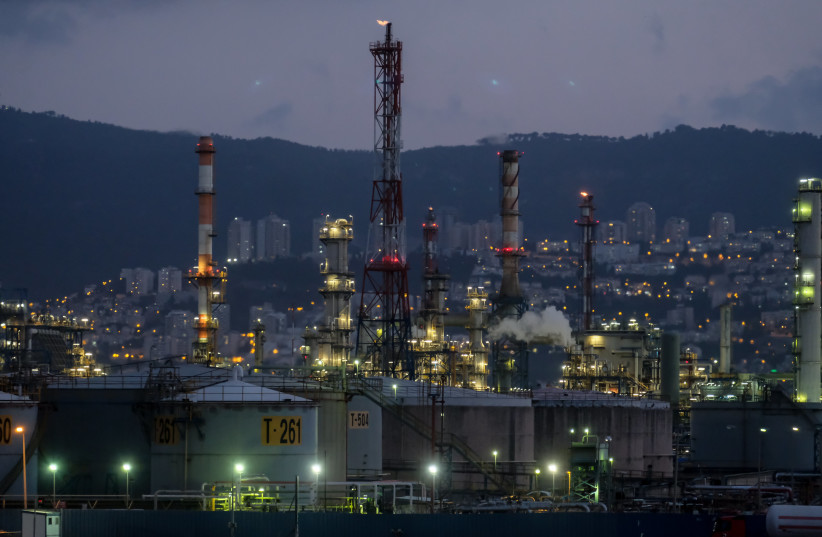Oil spills are considered one of the most disastrous environmental events to occur in the modern era, affecting the economy, the environment and the morale of society. Their damage can last years, and the results might not be reversible. They happen most often by accident due to equipment and structural failure or human error – or, in rarer cases, terror attacks. Once the oil is spilled, most of the efforts are to control the area and the damage, but the oil is usually lost and unusable.
After liquid, crude oil has spilled into the ocean, there are a few ways for the oil to be naturally removed, among them biodegradation (microorganisms consuming and breaking down the oil to organic components) and evaporation (liquid oil turning to gas). Other artificial methods include burning the oil, vacuuming it or diluting it with saltwater so it can dissolve more easily.
The mighty power of the sun
A team of researchers at Woods Hole Oceanographic Institution discovered that nearly 10% of the oil floating on the Gulf after the Deepwater Horizon disaster was dissolved into seawater by sunlight — a process called "photo-dissolution". The findings were published February 19 in Science Advances under the title "sunlight-driven dissolution is a major fate of oil at sea."
"The amount of oil that was transformed by sunlight into compounds that dissolved in seawater during the 2010 Deepwater Horizon spill rivals that of commonly accepted oil fates, like biodegradation and stranding on shorelines,” said co-author Collin Ward, assistant scientist in WHOI’s Marine Chemistry and Geochemistry Department.
“The process of oil photo-dissolution has actually been known for over fifty years,” said Ward. “But what’s new here is our understanding of how this process varies with light wavelength, which we determined using the LED reactors. This is the key piece of information that allowed us to estimate the importance of this process during a spill.”

“One of the most fascinating aspects of this finding is that it might impact our understanding of where else the oil is going, and whether the result is good or bad,” said lead author Danielle Haas Freeman, a Massachusetts Institute of Technology/WHOI Joint Program student. “If this sizable fraction of oil is being transformed by sunlight and is dissolving into seawater, it might mean that less oil is ending up in other places, like sensitive coastal ecosystems."
But "On the other hand," Freeman said, "we have to consider the impacts of the compounds on marine organisms before we can decide if the net result is positive or negative.”
<br><br>New research for spill response tactics?
The novel measurements using the LEDs also provided an opportunity to determine which conditions were most important in controlling this process. The team created hypothetical spill scenarios with varying oil slick thicknesses, times of the year, locations around the world and types of light. What they noticed was that some of these changing conditions mattered more than others.
The notion that ocean surface oil could have a new fate is monumental for framing the future of oil spill studies and spill response tactics. It is currently unknown what the fate and potential toxicity of these sunlight-produced compounds are, posing a challenge in assessing the impacts of this oil's fate. Freeman and Ward encourage the field to gravitate towards these gaps in knowledge.
The Deepwater Horizon oil spill – also know as the BP oil spill – occurred in April 2010 and is considered to be the largest marine oil spill in history. Some 780 million liters of oil spilled into the Mexican Gulf ocean, covering an area estimated to be between 6,500 and 180,000 square kilometers, about the size of Oklahoma or Syria.
More locally, Israel suffered an oil spill in December 2014, where five million liters were spilled from the Trans-Israel pipeline and leaked to a nearby nature reserve.
